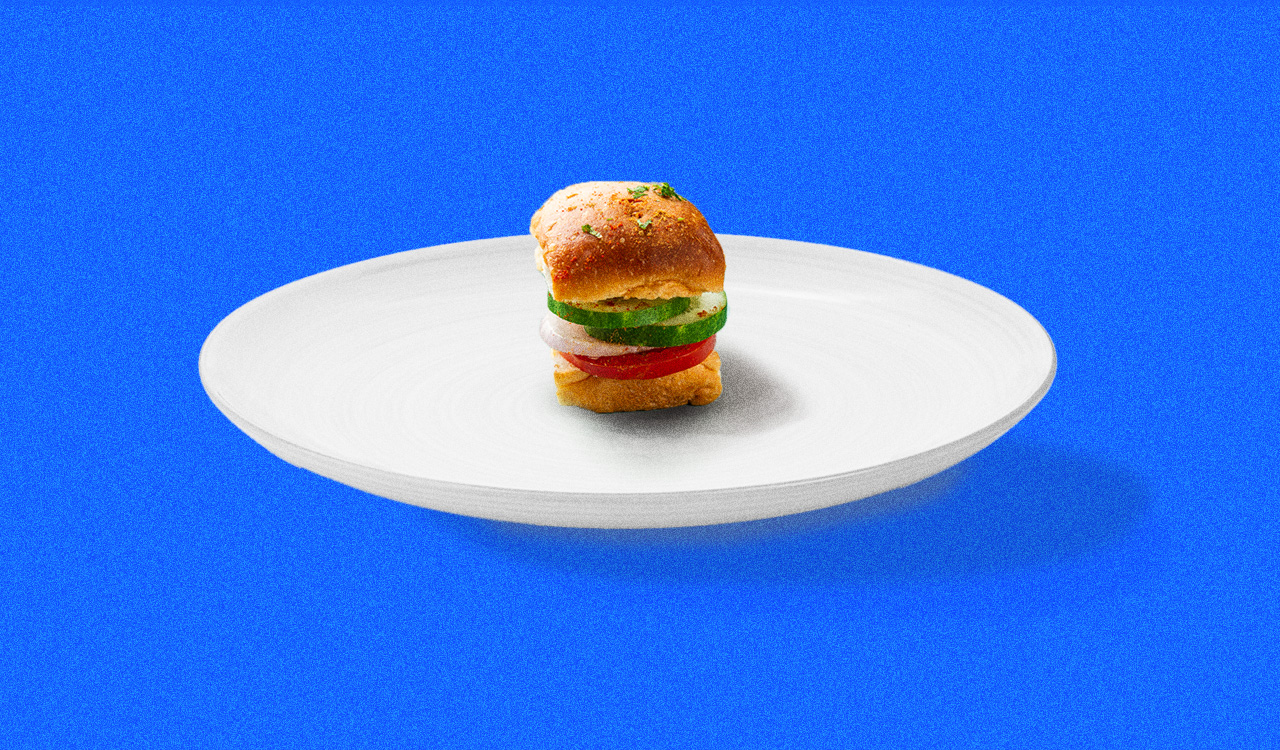There is a deep, dark secret consumers hide about packaged foods in CPG land: the amount of furtive, guilty snacking that goes on when the package of fill-in-the-blank (Oreos, Lay’s, Entenmann’s, Ben & Jerry’s, Peanut M&Ms) wakes us up at three in the morning demanding to be eaten. We heard this over and over again when we were conducting the hypnosis-based research which resulted in the 100-Calorie Pack series for Nabisco. What is CPG doing about the latest diet culture shift and the American obesity crisis?
It’s a Faustian choice. Our relationship with sweet treats can evolve into a personal choice between what we want to do and what we know we ought to do. It’s not rocket science to acknowledge that this struggle is the mechanism through which diabetes, heart disease, vascular diseases, and high blood pressure dominate our world. They enable the growth of the diet industry, fitness apps, and countless weight loss products. At the core of this diet sector are rocket fuel-propelling, billion-dollar unhealthful brands.
Diet Culture Shift
This comment was ubiquitous: “I don’t trust myself with the product. I have to bring myself home from the grocery store, but I don’t have to bring the Oreos home.” The wash-rinse-repeat cycle of fear and self-loathing was a constant across all fat, salt and/or chocolate-infused categories, along with the short-lived resolution to keep said products out of the shopping cart.
I say short-lived because the siren call of the sweet baked goods, salty snacks, candy and ice cream aisles becomes undeniable after a few weeks of “being good.” Our teeter-totter of impulse purchases moves from the joy of indulgent satiation to fear and then guilt. As it turns out, we’re not very good with deprivation but we definitely learn how to manage guilt. So, good intentions aside, the temptation of the portion-controlled tiny cookie that makes it feel safe to bring back into the cupboard is irresistible. It arrives in two packages at a time: the 100-calorie iteration for mom and the full-on calorie-packed ones for the kids.
But wait a minute. The snack syndrome starts in early childhood: Consumers guiltlessly insinuate the sweet reward cycle into their children’s after-school ritual, three Oreos and a glass of milk. As adults, we are both victims and perpetrators reinforcing an appetite that benefits from youthful metabolism knowing full well that as adulthood looms, weight struggles arrive like clockwork.
It’s a Faustian choice. Our relationship with sweet treats can evolve into a personal choice between what we want to do and what we know we ought to do. It’s not rocket science to acknowledge that this struggle is the mechanism through which diabetes, heart disease, vascular diseases, and high blood pressure dominate our world. They enable the growth of the diet industry, fitness apps, and countless weight loss products. At the core of this diet sector are rocket fuel-propelling, billion-dollar unhealthful brands.
What If
We’ve known the negative health consequences of delicious indulgence for decades. We know the New Year’s resolution cycle. We know the food industry’s holier-than-thou chant of variety and moderation is simply one more useless placebo.
But wait! What if? As in what if there was – oh, I don’t know – a pill or a shot that interrupted our otherwise insatiable desire for naughty late-night sweets and savories? What if consumers could shoot themselves in their tummies and, hey! Presto!, they didn’t want more cookies or chips. They actually wanted fewer. One regular-sized Oreo would be enough, even more than enough. What if one chip becomes unappealing after the first bite? What if news of that shot was heard ‘round the world, spreading faster than word-of-mouth or a Reels clip?
How would CPG respond? Well, some major CPG companies may decide to exit the food category altogether. P&G got out long ago, jettisoning Pringles and JIF among others. Unilever announced recently it was putting Ben & Jerry’s up for sale, along with Magnum and Hellman’s.
So that’s one hypothesis. And here comes private equity to the rescue, gobbling up the brands to create a new market structure and keep snack addiction alive and well.
Another potential outcome is well-documented: Smaller portions and packages, higher prices at the other end of the scale for people who can afford to pay more for less. Of course, there’s the corollary theory: Huge “value packs” for those who can’t afford to participate in the eat less/eat better economic model propelling the forced march to obesity of that cohort.
Nutritional Dystopia
A fourth hypothesis for big food may be to acquire the rights to clone appetite-suppressing medicines once they are available in a powder or tablet form. Add them as taste-agnostic ingredients to their products, positioning this version of their cookies, chips, and ice creams as the “safe and better for you” brands –at a premium.
My colleague and healthcare practice leader Len Tacconi considers an emerging marketspace based on his leadership tenures at Weight Watchers and HMR. He wonders about a straightforward and quite nasty hypothesis. What if we are now evolving into a bifurcated consumer market? On one side, the status quo of those unable to afford the value-add of routine appetite suppression and thus remain unhealthy and morbidly obese. Then there’s the group able to spend money to reduce – but not eliminate — their desire for fat, salt, and chocolate.
Asked another meta way, are we entering a new nutritional desert? One where appetites are sated by one perfect cookie at a time, not by one floret of broccoli. Salad bars are replaced by build-your-own-lick ice cream bars or one well-crafted, micro-mini customized Snickers bite. In short, a generation of consumers who are able to micro-dose their way to malnourishment.
Ok, this is an intellectual exercise, but it is based on a real concern about the food industry not facing the real facts pushing the snack industry to financial success with a nationwide obesity and poor health problem.
Regulating Wellbeing
A highly functioning society protects its citizens. Much of what we read about AI or environmental interventions to reduce climate change carries the caveat that some form of regulation or global oversight is required. My partners and I have even written our own white paper about a pathway forward on AI governance, in response to a call from the UN. However, there appear to be no guardrails in the American grocery stores or assertive actions among the CPG brands to reverse the obesity trends. If they want a wake-up call, just look at what happened to the cigarette industry. When a bag of chips is priced at $15 maybe things will change.
We’ll leave for another day our opinion of what the mass embrace of appetite suppression means for fast food, bars, serious cuisine, and liquor brands. Our new relationship with food, booze, even friendship, and society are all about to go through something of a sea change. It’s a blip on the horizon now, but when we look carefully, it’s growing larger.
We need systemic changes. Something more than celebrities boasting “Ozempic face,” at prices no one can afford. It’s possible that Novo Nordisk will become the new PepsiCo. And how ironic is it that a company based in Denmark where 18 percent of the population is obese compared to 42 percent in the US?




